The iPhone SE is the classic iPhone, the OG iPhone, the Mazda Miata of smartphones. It performs well, and its design is iconic and familiar—even comforting—despite being dated and devoid of modern frills and comforts. But the SE is still one of Apple's best products.
While the flagship iPhone 13 and iPhone 13 Pro go all in on screen real estate and quality, battery life, and monster cameras, the iPhone SE focuses on simplicity, comfort in your hand, and yes, keeping costs down.
Most people don't need the iPhone 13's excellent OLED screen, though you could argue that more would at least want its improved cameras. But for some users, the smartphone is an as-needed workhorse and nothing more. They want something affordable and reliable—something that will last them several years, so they don't have to think about the smartphone rat race at all.
The iPhone SE is ideal for those users, even if its classic design is getting noticeably long in the tooth. Because, for longevity, the inside is what matters.
Specs
The design, screen, dimensions, camera hardware, and storage capacity options haven't changed here. That means the 2022 SE still essentially has the iPhone 8 chassis, and it still has a 4.7-inch LCD screen and home button. You can get the new SE in 64GB ($429), 128GB ($479), or 256GB ($579) configurations.
The iPhone SE's system-on-a-chip jumped ahead two generations with this update, from the A13 to the A15.
The A15 is the same chip found in the iPhone 13 lineup, so you're getting cutting-edge performance in a cheap phone. This is one of the most remarkable things about the iPhone SE: no other phones at this price point offer anything close to this kind of performance. (We'll get into benchmarks a bit further down.)
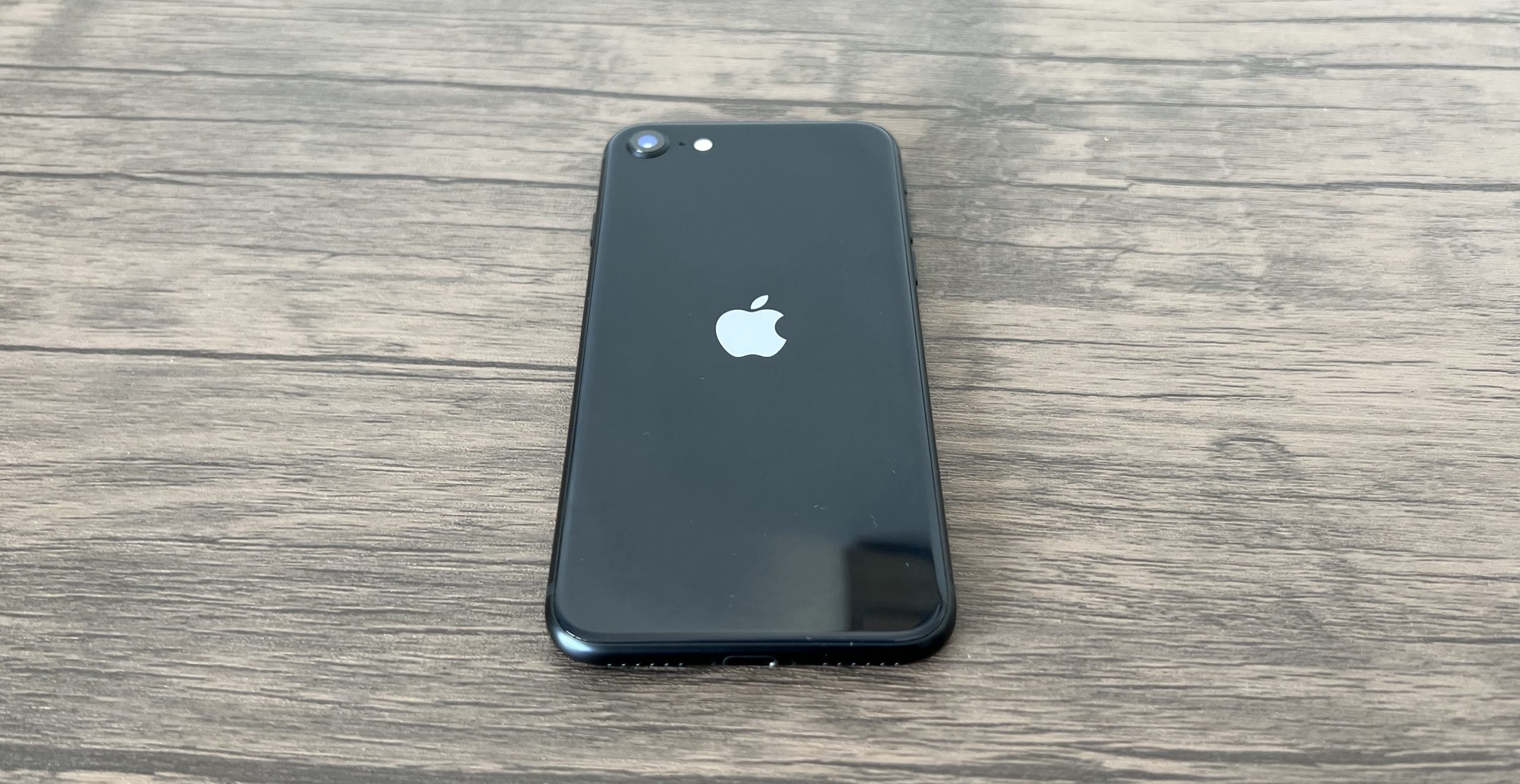
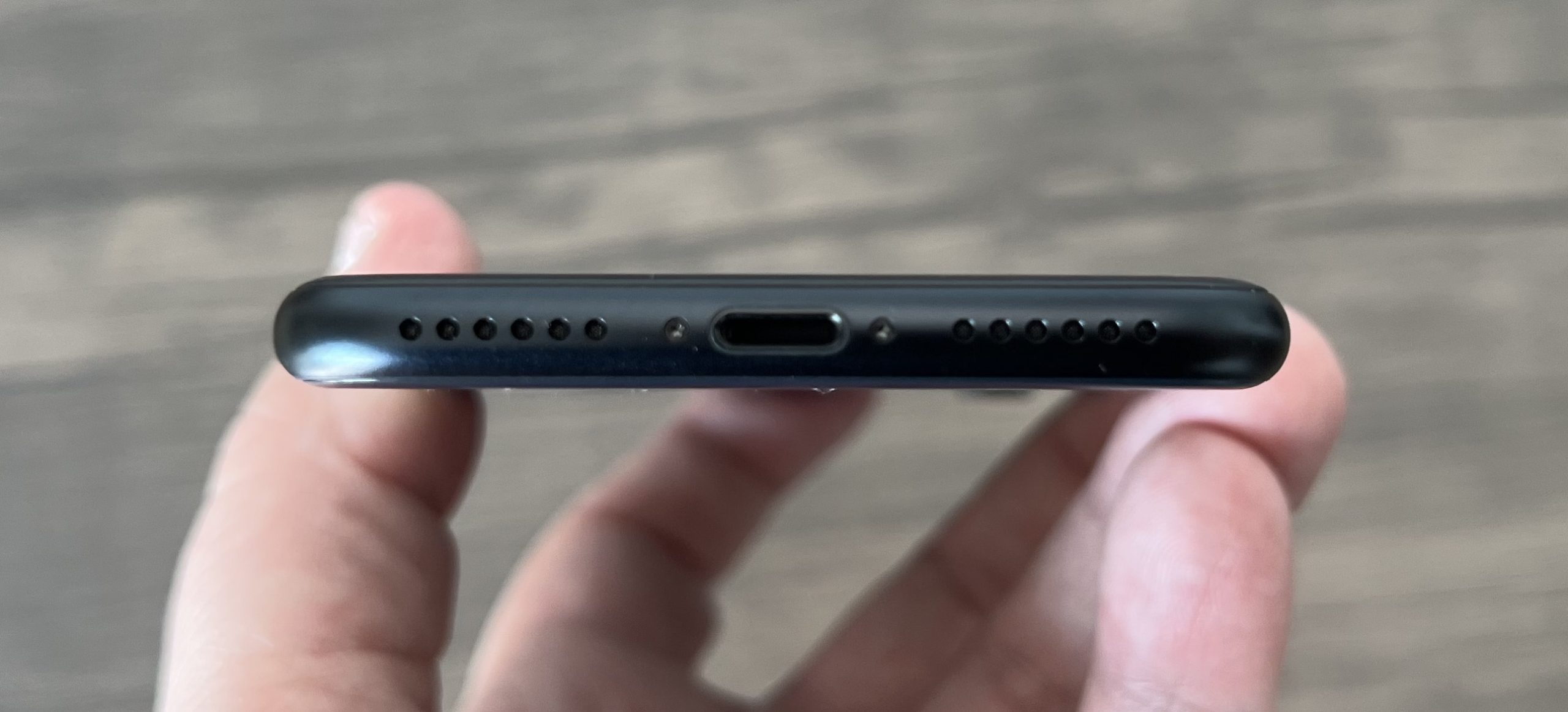
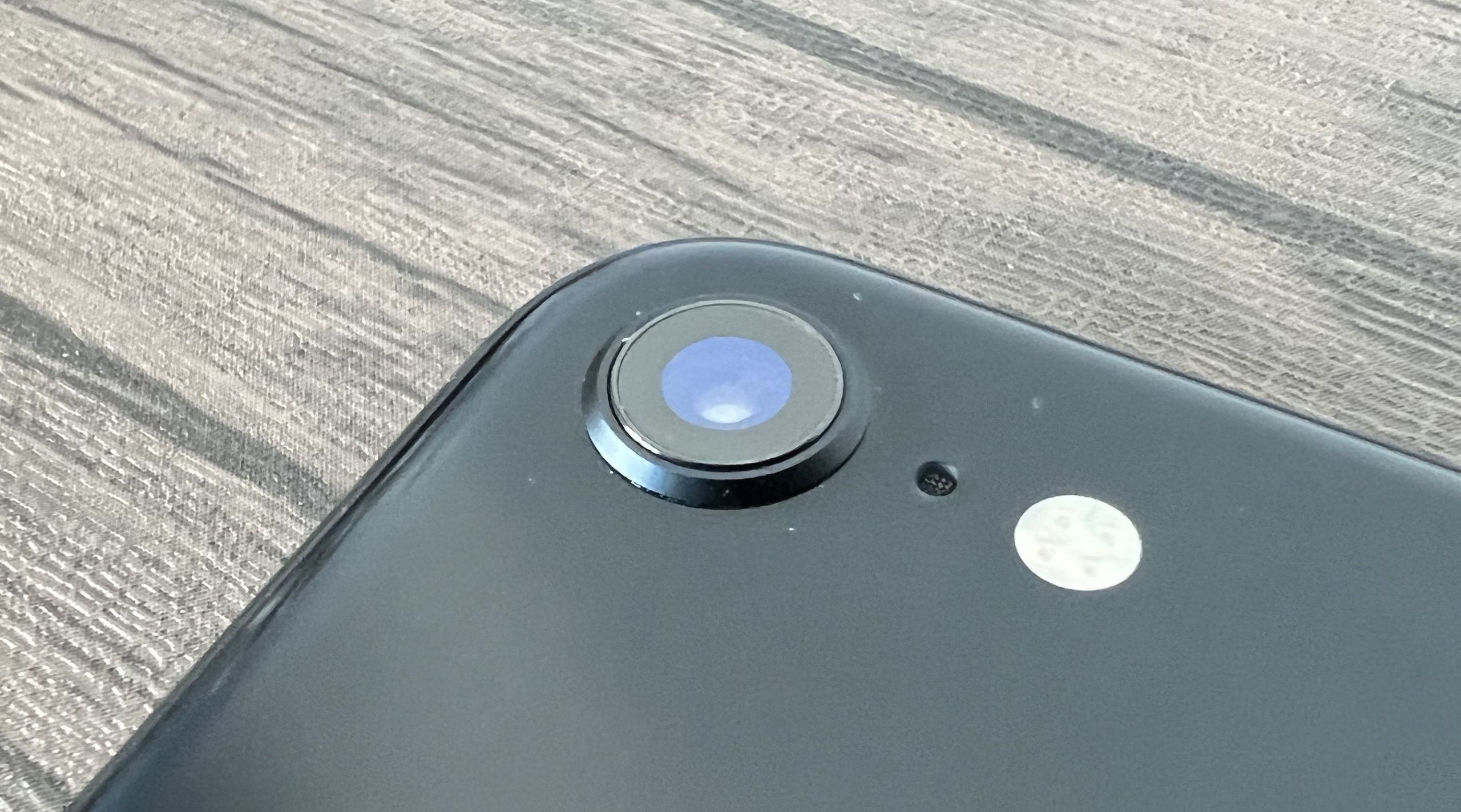
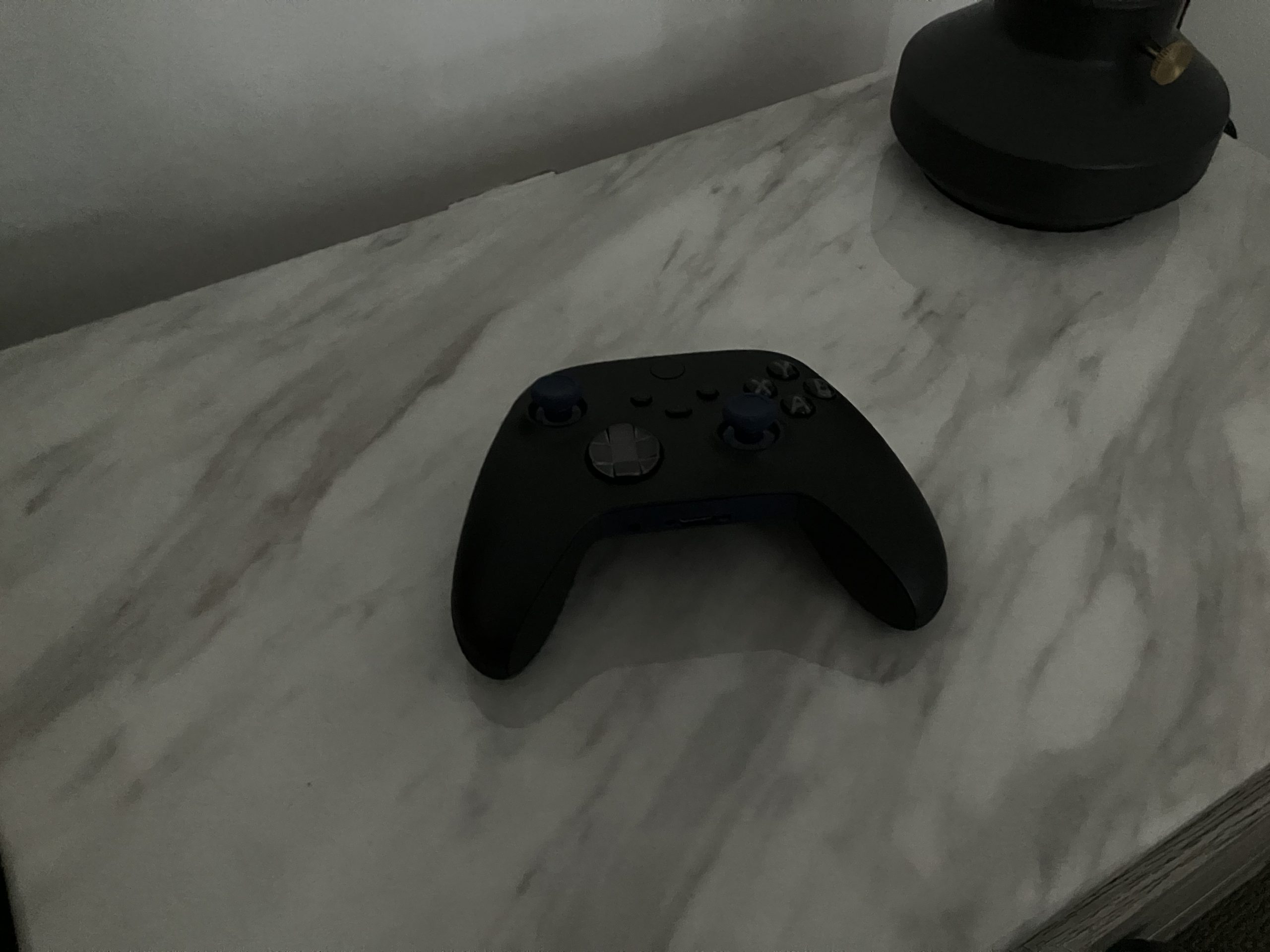
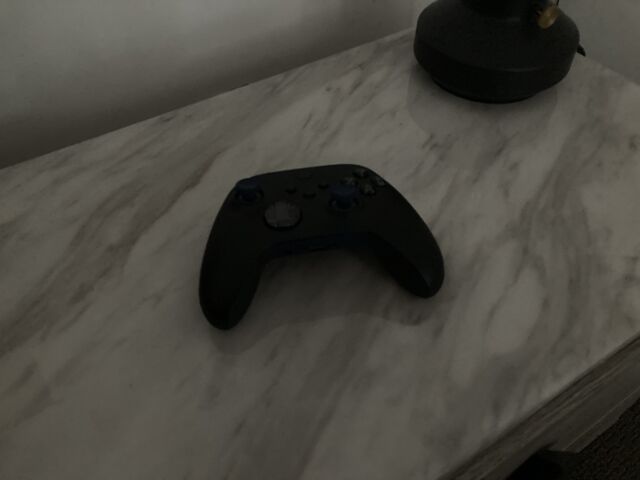
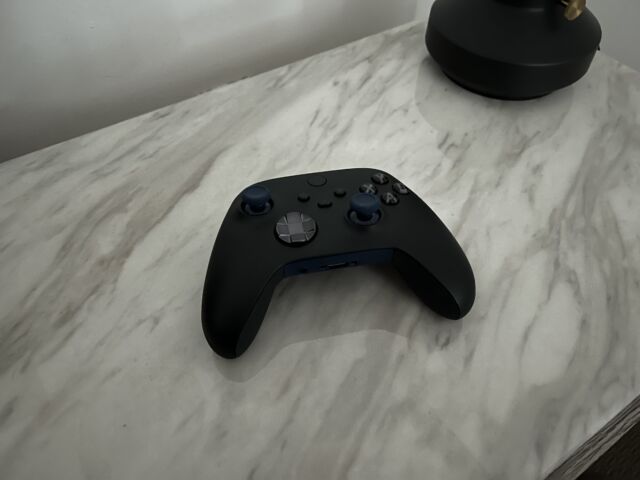
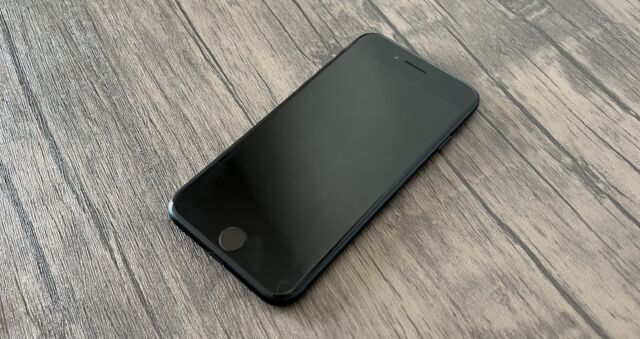
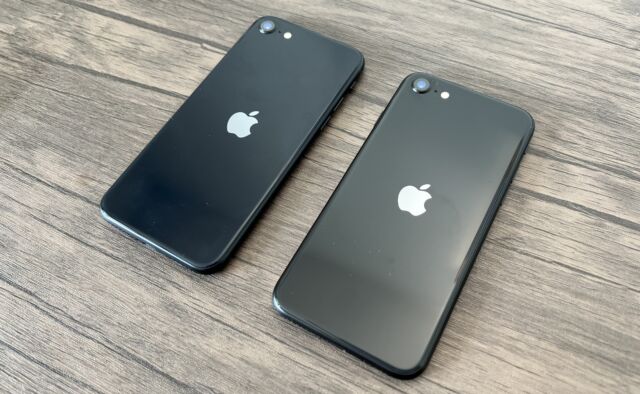
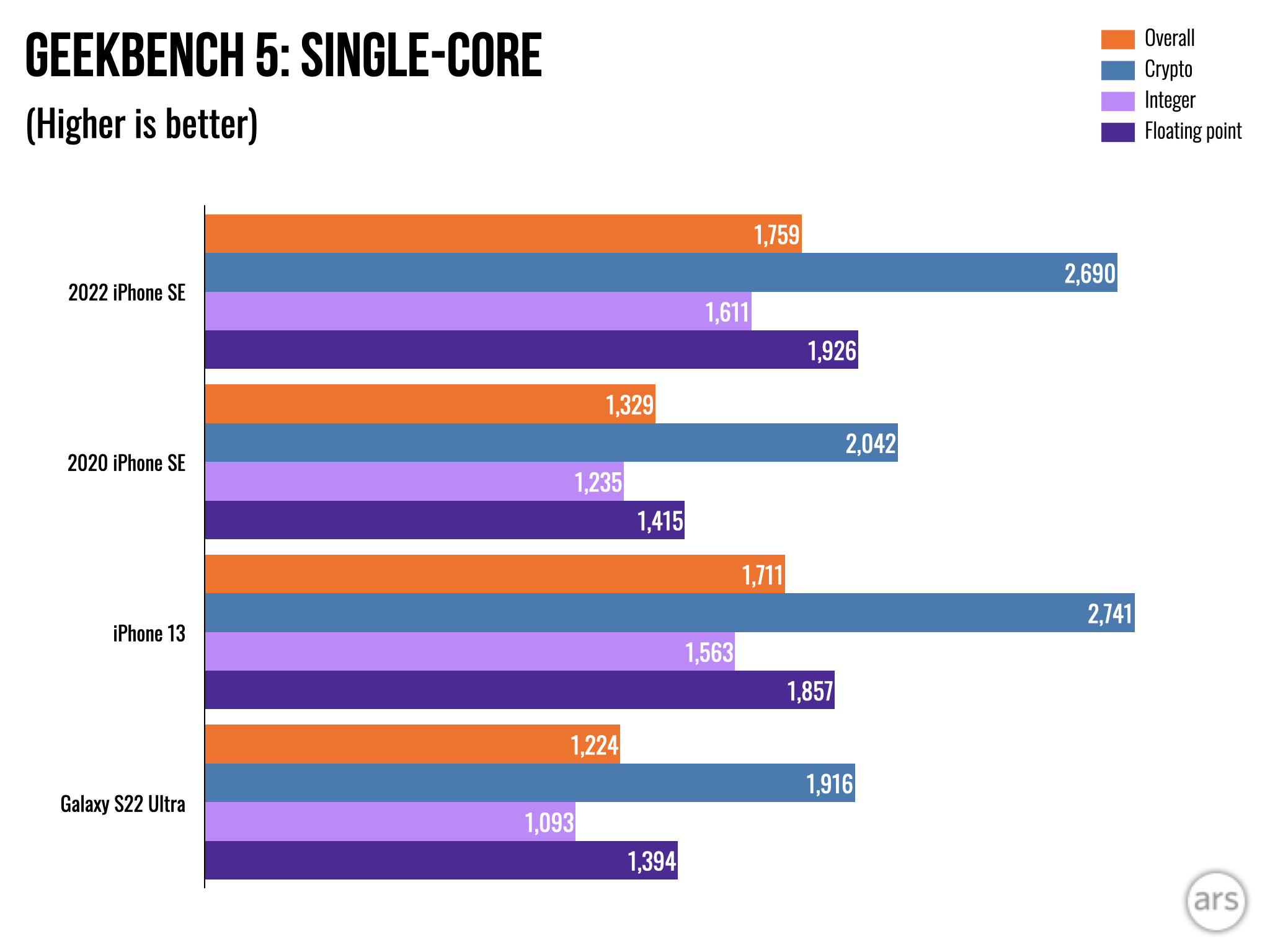
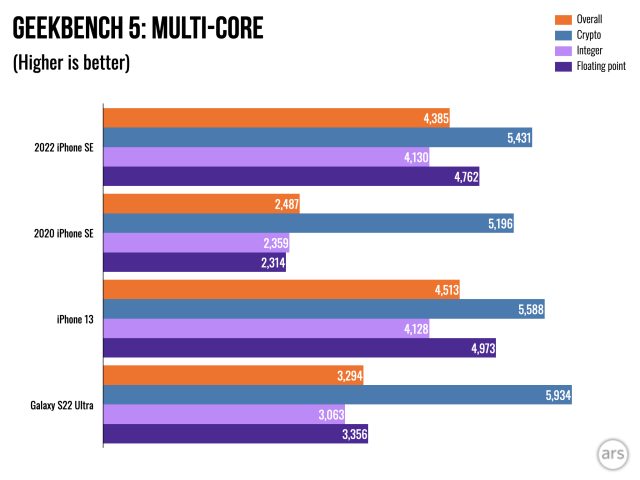

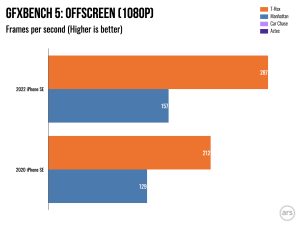
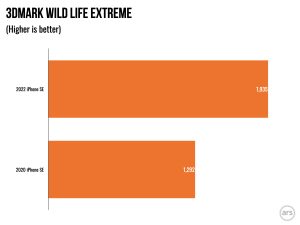
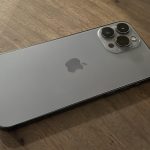
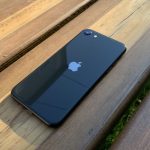

 Loading comments...
Loading comments...
